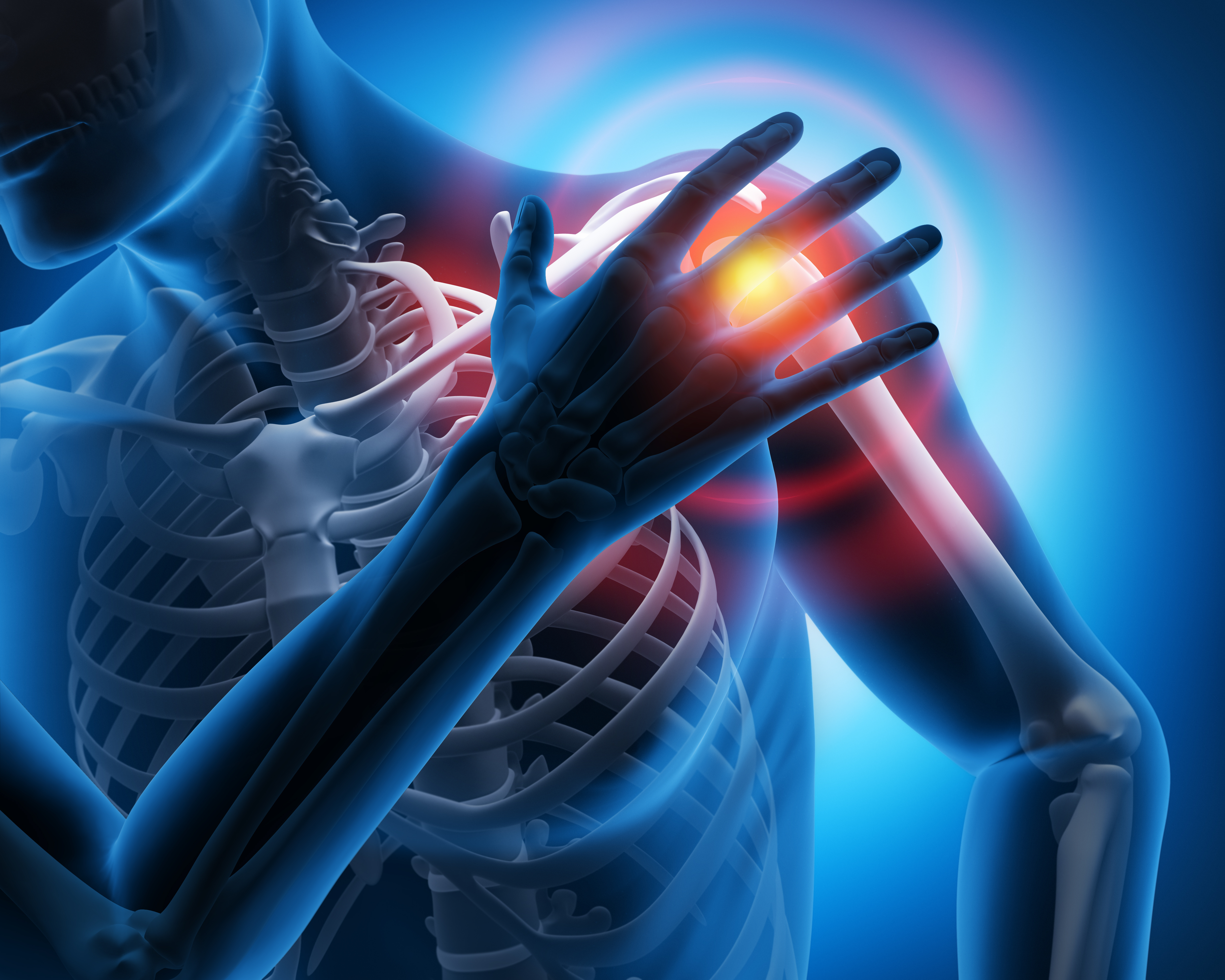PSchIAFSim: Process chain for the digital design of patient-specific shoulder implants using additive manufacturing technology and preoperative simulation
The aim of the research project is to develop a new digital toolbox for patient-specific shoulder implants with adapted geometry and mechanical strength, which are to be manufactured additively (colloquially known as "3D printing"). From a medical point of view, the aim is to reduce the number of follow-up operations using patient-specific shoulder implants and to improve and simplify the planning process for the surgeon.
Project background
More than a third of surgically inserted shoulder implants have to undergo a follow-up procedure due to instability of the prosthesis. Studies have shown that the main cause of instability usually depends on the mechanical and geometric properties between the implant and the bone. Standardized shoulder implants cause increased interfacial stresses and relative movements, which ultimately lead to loosening of the implant, connection fractures and reduced positional stability.
The aim is to prevent the problems described above by adapting the implants to the individual patient in terms of strength and geometry.
Project objective
The project objective is to develop an automated process chain for the production of patient-specific shoulder implants. In terms of patient-specific production of the implant, the geometry and strength of the implant is to be adapted to the individual conditions of the patient based on imaging data with the help of preoperative computer simulations. In the second step, this process chain is to be automated so that only the provision of patient-related imaging and the work steps after additive manufacturing have to be carried out manually.
Project procedure
Innovation
The scientific and technical innovation in this research project is a completely digital development process that plans, positions and finally generates the manufacturing data for three-dimensional patient-specific geometry and strength of the implant. Currently, a standard prosthesis is selected for the patient, which differs only in size and possibly by the manufacturer. Individual adaptation of the geometry and strength on the "bone/implant" interface side is currently not available on the market.
The digital process chain for planning, designing and manufacturing individual shoulder implants in particular represents a milestone. From a technical perspective, the implementation of the developed method is particularly innovative, as different data structures, programs and interfaces have to be harmonized.

Sub-project lead
Project staff
T +49 (0) 8031 / 805 - 2835 kevin.lippmann[at]th-rosenheim.de
ORCID iD: 0000-0003-0122-4762
Project duration
2022-03-01 - 2025-06-30Project partners

Project funding

Funding programme
Bayerisches Verbundforschungsprogramm


